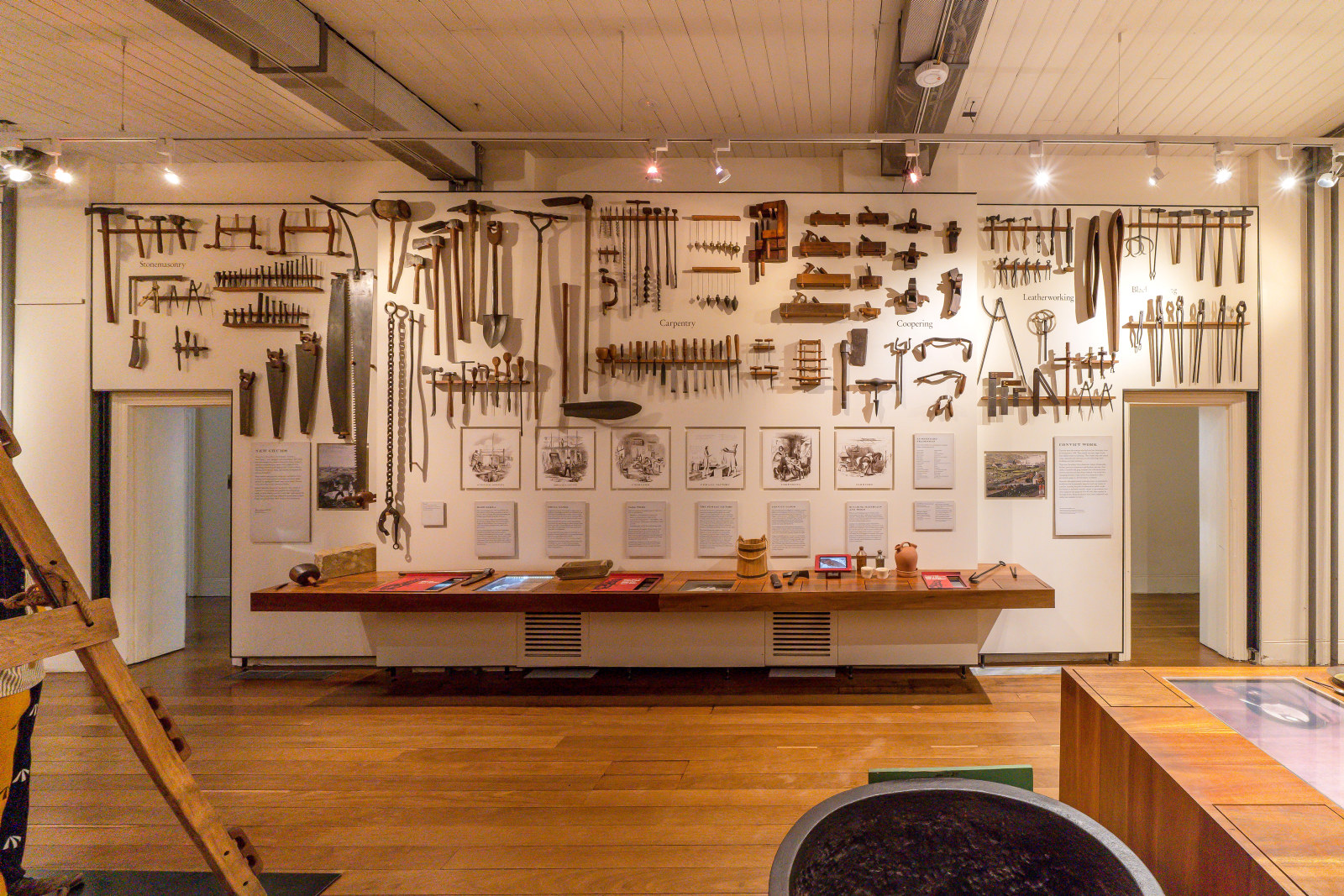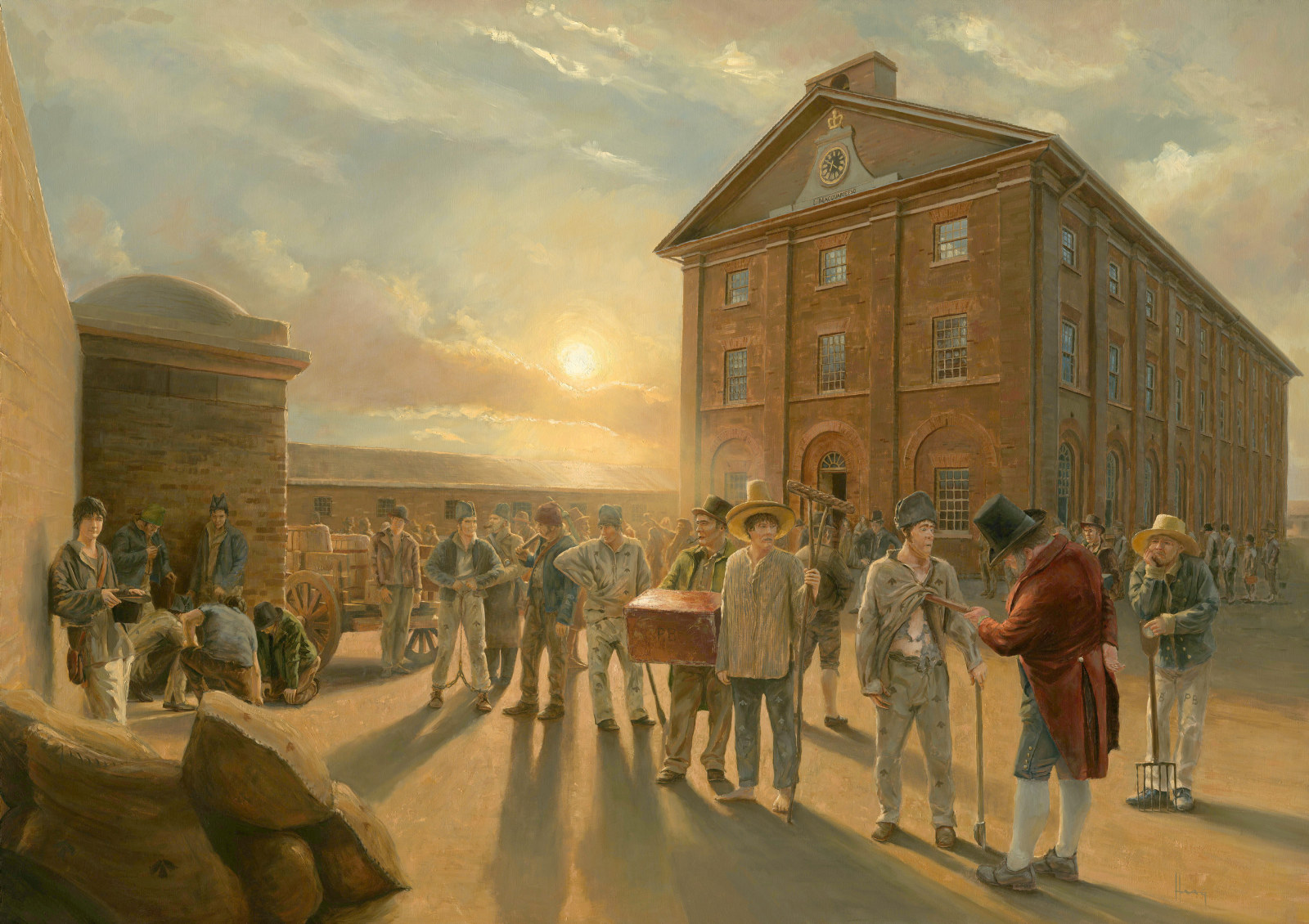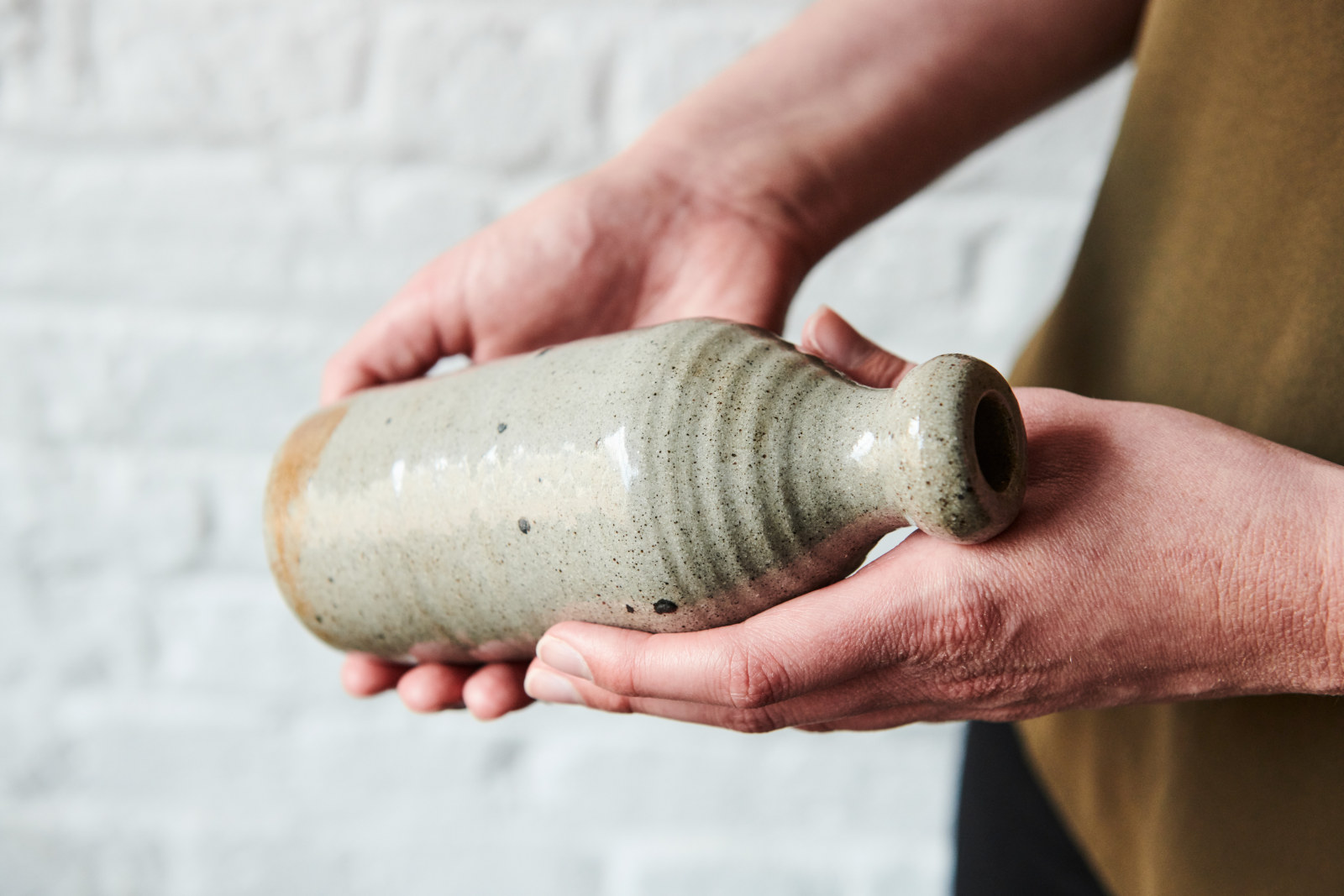Convict Coins
1813 & 1817
Beneath the floors of the convict sleeping wards of Hyde Park Barracks, and in the ground, archaeologists found this 1813 Holey dollar dump and 1817 George III farthing, as well as a 1797 Cartwheel penny, shillings and halfpennies from the 1800s-1810s, and George IV pennies, farthings and halfpennies from the 1820s.
This early colonial currency tells us that all kinds of coins changed convict hands at the Barracks. Having earned a few coins by selling cabbage tree hats, selling parts of their uniforms, trading rations, or gambling, convicts found coins useful for bribing overseers to turn a ‘blind eye’, and for the scourger to ‘go easy’ on them when being flogged. Convicts also used coins to buy tobacco and smoking pipes, and for their amusement as tokens in gambling games such as ‘chuckpenny’, ‘pitch and toss’ or ‘tossing halfpence’.
...scores of convicts are actually amusing themselves a great part of the day by playing pitch and toss.
Sydney Gazette, 24 February 1835. 2
Published on
Related

Convict Sydney
Objects
These convict-era objects and archaeological artefacts found at Hyde Park Barracks and The Mint (Rum Hospital) are among the rarest and most personal artefacts to have survived from Australia’s early convict period

Convict Sydney
Convict Sydney
From a struggling convict encampment to a thriving Pacific seaport, a city takes shape.

Learning resources
Explore our range of online resources designed by teachers to support student learning in the classroom or at home